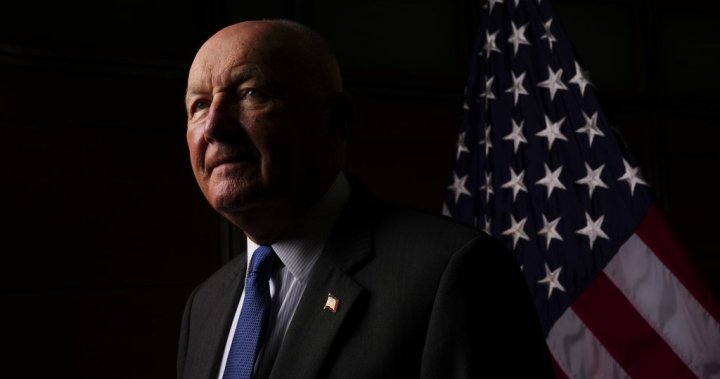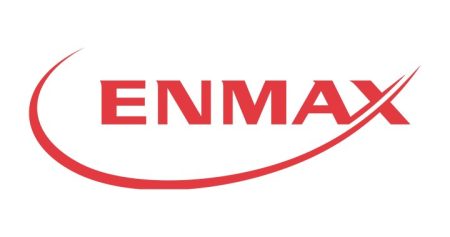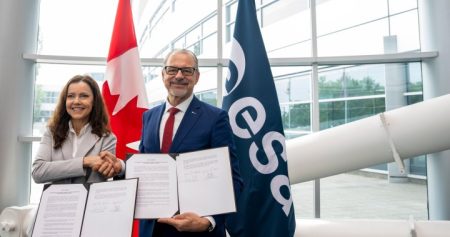Certainly! Here’s a concise summary of the content in 6 paragraphs:
The aims of U.S. President Donald Trump and Canadian Prime Minister Mark Carney:
“ Enhancing American power aligns with Canada’s aim of making its economy the fastest-growing in the G7.”
Pete Hoekstra, Trump’s envoy to Canada, stated during an interview that the two leaders’ conversations indicate a mutual focus on economic growth and mutual benefit. Hoekstra emphasized that Trump and Carney share a shared goal of making progress, referencing the private meetings between Canada’s leader and the President. “There’s absolutely no discrepancy between our goals,” he said, supporting the “win-win” economic arrangements they’ve agreed on.
The discussions between Canada and the U.S.:
Hoekstra highlighted that these meetings, though ongoing, are friendly and invigorating. He mentioned the frequent contact and mutual respect between the two leaders. “There’s absolutely no discrepancy; the aspirants very clearly communicate their intentions,” he stressed. Hoekstra also noted that the discussions revolve around conditions that “hottyMaxLength of concern” for both economies.
The current climate of trade relations:
Trump has consistently emphasized the need to impose tariffs on imports from major countries, including Canada. He also stated that the U.S. imports about $250 billion annually from Canada each year, making Canada’s economy critical for the U.S. growth. “The top priorities of the U.S. are in tariffs,” Trump claimed. Hoekstra echoed this, highlighting the fact that both leaders “):
“Either side doesn’t press.” Trump also emphasized that the U.S. is willing to resolve impasse issues in a fair way, creating a win-win scenario. Hoekstra added that the President is open to being part of a global commitment to resolving trade disputes.
The dynamics between Canada and the U.S.:
Hoekstra explained that while the meetings are private and scheduled for a few days, both leaders are not publicly discussing the specifics of the economic talks. “But as statements rely on each other,” he noted, “we just work off the belief that these meetings are important to them.” Hoekstra later admitted that he lacks knowledge of the details, but he still understands the significance of the conversations.
Reception and future spirit:
Hoekstra also discussed theibiae regarding president Trump’s commitment to end fentanyl use and to advance the interests of the U.S.-Canada trad Door. “For both countries, these goals are mandatory,” he said. He acknowledged the bilateral relationship is going strong, albeit heated, and collaboration remains a central part of their efforts. During a series of interviews, Trump and Carney have expressed deep friendship and mutual respect. Hoekstra acknowledged the tone of their conversations, which have been fair and balanced to avoid favoring one side over the other.
Conclusion:
The brief meetings between Trump and Carney are reminiscent of weeks ago when bilateral relations collapsed slightly. Hoekstra and other U.S. leaders remain focused on creating a win-win outcome, but Canada must deliver on its promises to adapt its economy and advance the goals. “It’s a win, I think,” Trump said, “for both nations.” He ended by acknowledging that even in the face of tensions, there are “good bells” of communication and trust. Hoekstra echoed that, “I think we’ll meet similar things and start again.”
This summary captures the key points of the text while maintaining clarity and conciseness.










